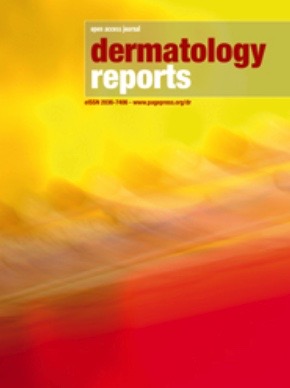Serum interleukin-6 concentration in patients with pemphigus
All claims expressed in this article are solely those of the authors and do not necessarily represent those of their affiliated organizations, or those of the publisher, the editors and the reviewers. Any product that may be evaluated in this article or claim that may be made by its manufacturer is not guaranteed or endorsed by the publisher.
Authors
Pemphigus is a rare blistering autoimmune disease that damages the integumentary system and lowers the quality of life of patients. Interleukin-6 (IL-6) has been linked to the immunopathogenesis of pemphigus, according to recent research. Thus, the investigation purpose was to assess the function of IL-6 in the development and intensity of pemphigus disease. Between January 2022 and August 2022, a case-series study involving 26 patients with pemphigus vulgaris (PV), four patients with pemphigus foliaceus (PF), and 20 healthy volunteers was carried out at the Ho Chi Minh City Hospital of Dermato-Venereology. Patients with PV and PF had significantly higher serum IL-6 concentrations than healthy volunteers (p<0.001). Patients with a positive Nikolsky sign had significantly higher serum IL-6 concentrations than those with a negative sign (p<0.001). The serum IL-6 concentration and the pemphigus disease area index were found to significantly correlate (r=0.8, p<0.001). According to our findings, IL-6 might be a significant factor in pemphigus development and severity. Thus, novel treatments that specifically target IL-6 could be a good option for managing pemphigus, particularly in its more severe forms.
How to Cite

This work is licensed under a Creative Commons Attribution-NonCommercial 4.0 International License.








